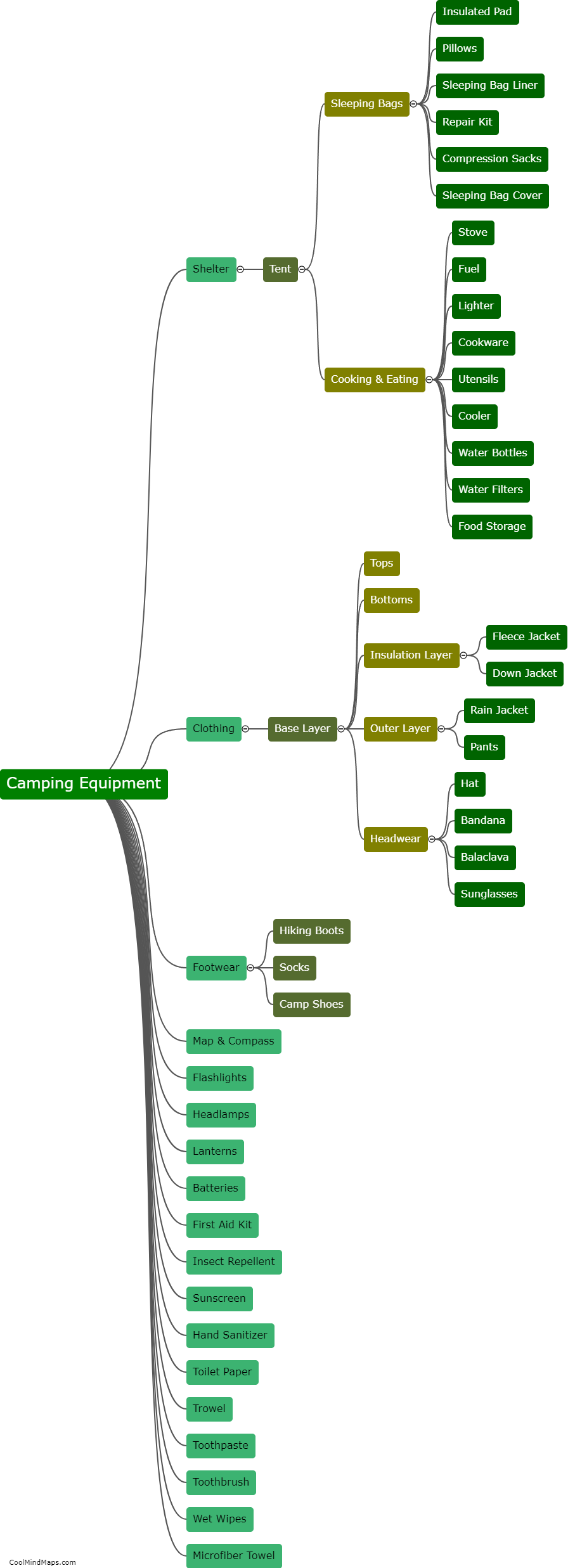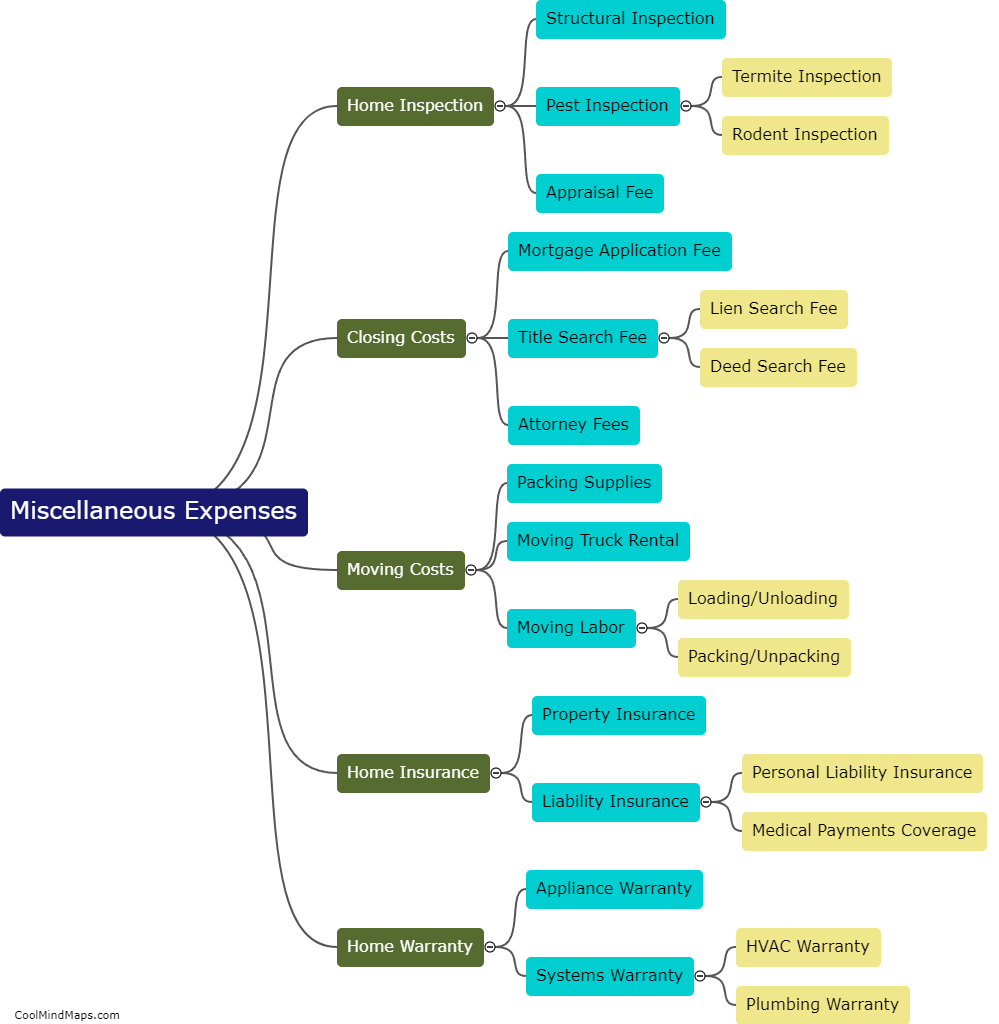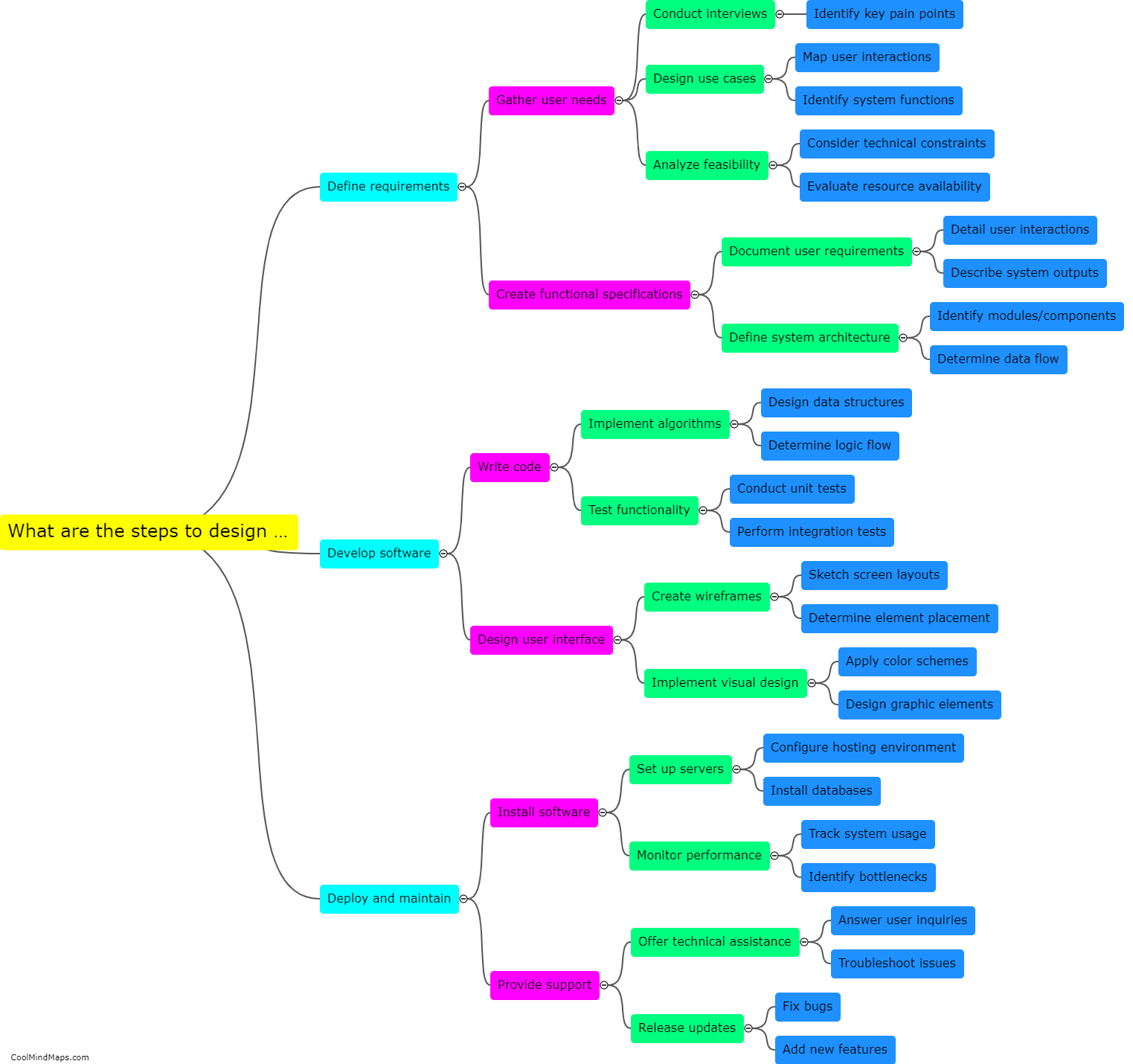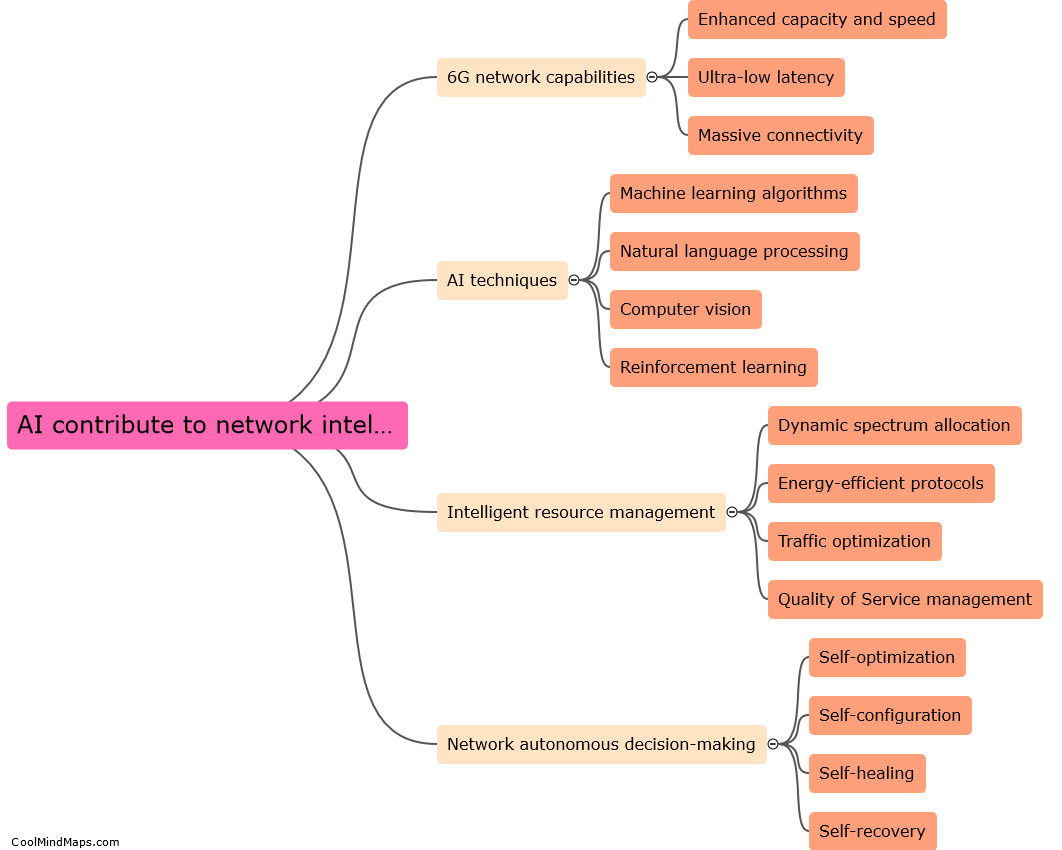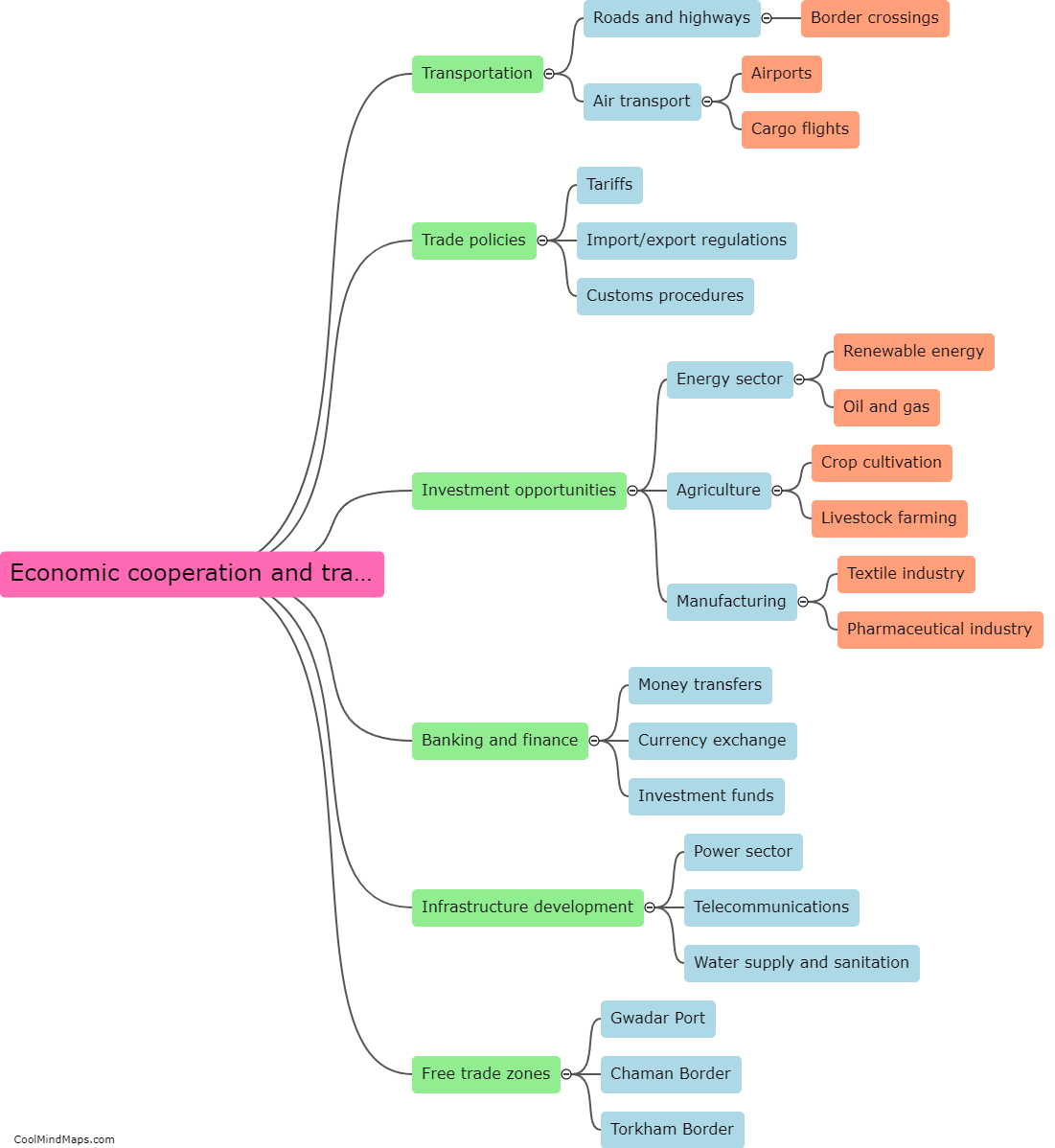How do plants reproduce?
Plants have various ways of reproducing, but the two main methods are sexual and asexual reproduction. Sexual reproduction involves the exchange of genetic material between male and female reproductive structures, such as pollen and ovules. This can occur through the process of pollination, where pollen is transferred from the male parts of a flower to the female parts of another flower, or through self-pollination within the same flower. Asexual reproduction, on the other hand, does not involve fertilization and can occur through various means such as vegetative propagation or by the production of specialized reproductive structures like bulbs, tubers, or runners. In this case, the new plants are clones of the parent plant as they have identical genetic information. Both sexual and asexual reproduction ensure the survival and continuation of plant species.
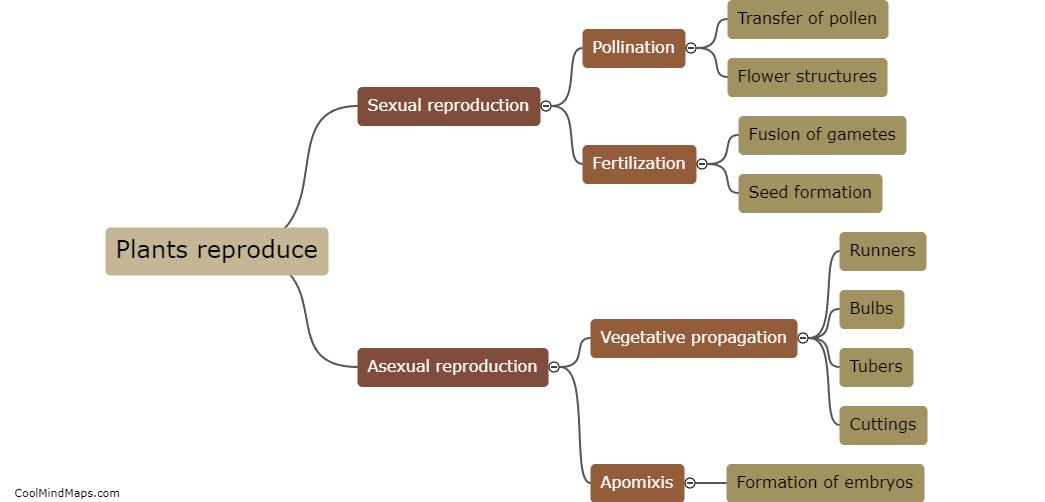
This mind map was published on 16 July 2023 and has been viewed 174 times.


